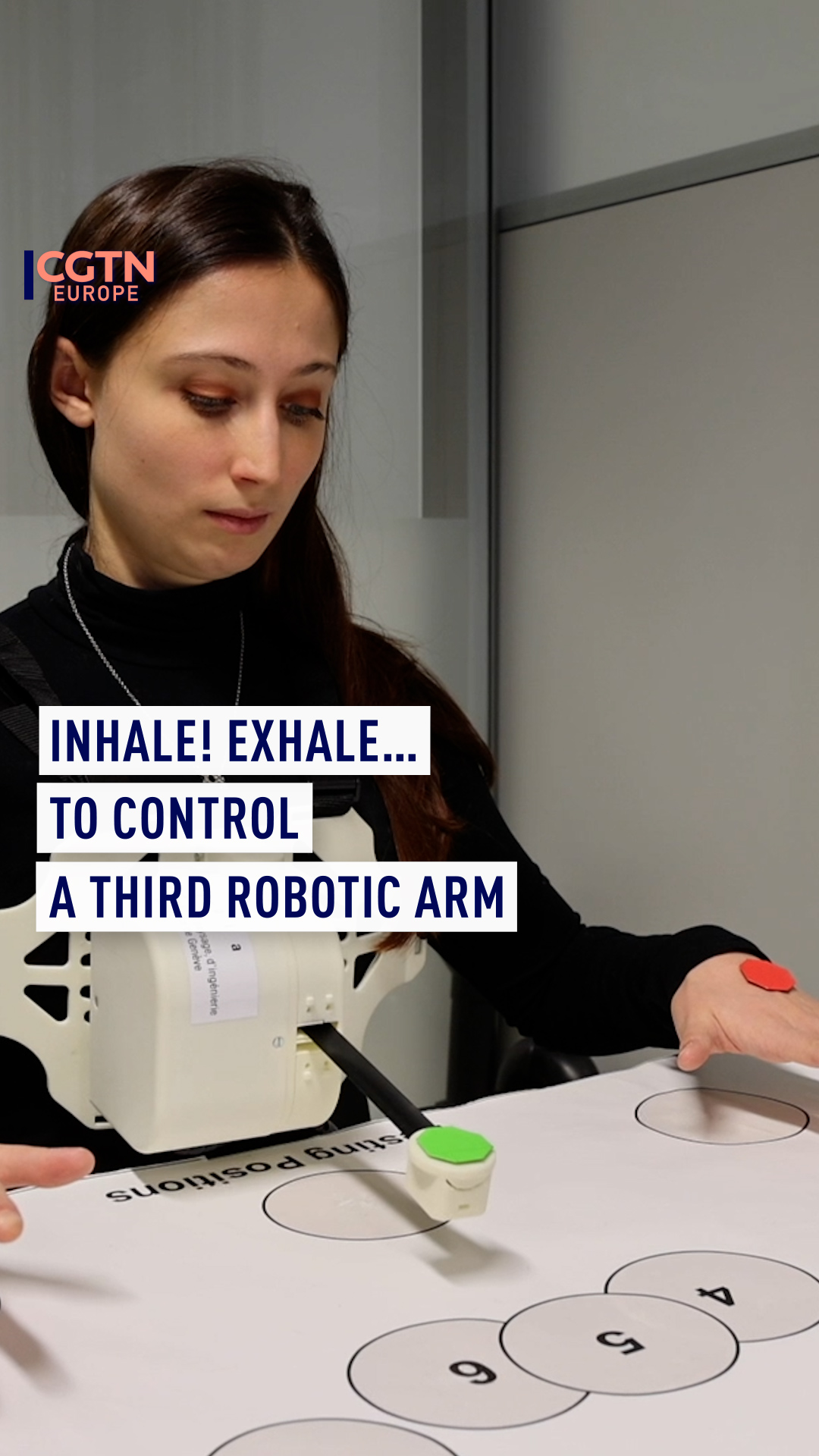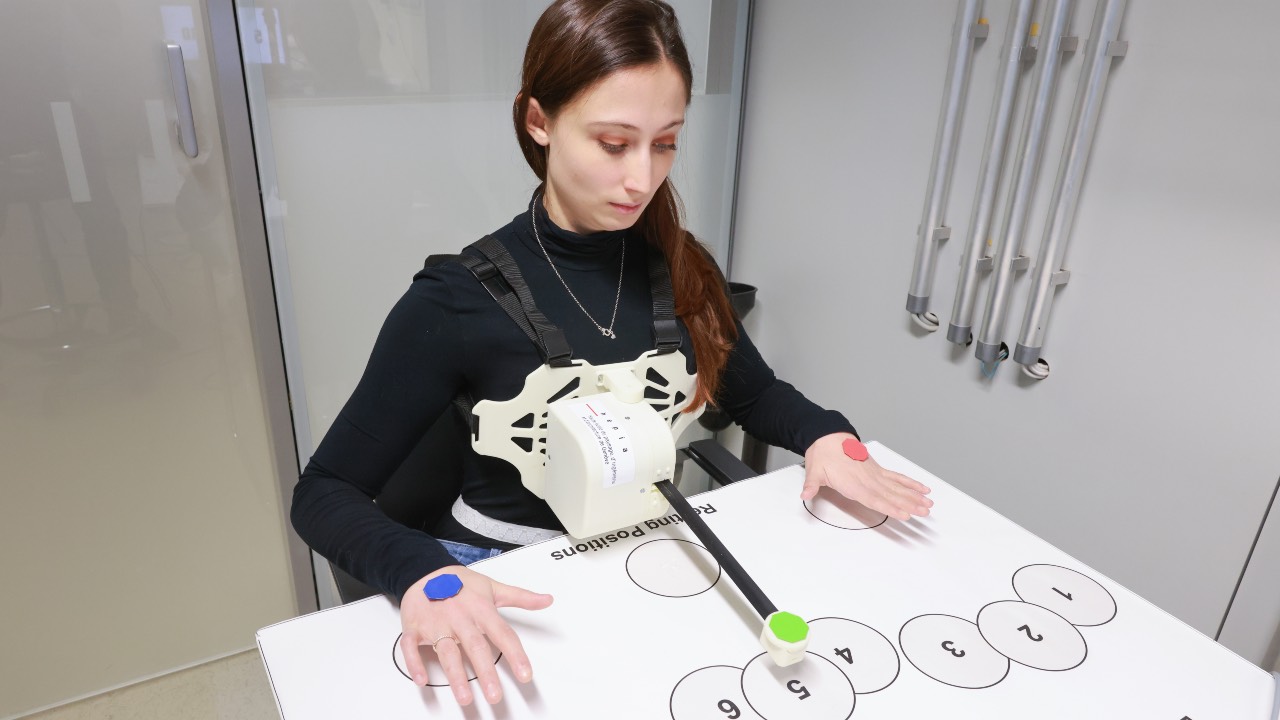01:00

Researchers at the Ecole Polytechnique Federale de Lausanne (EPFL) have shown how a wearable robotic arm can be controlled through diaphragm movements in healthy individuals.
In a groundbreaking study published in Science Robotics led by neuroengineer Silvestro Micera, the study marks a significant advancement in human-machine interface technology. It offers potential applications for individuals seeking enhanced sensory and motor functions.
Micera, renowned for developing technological solutions to aid individuals recovering from traumatic events or neurological disorders, collaborated with the EPFL team to explore the possibilities of integrating technology to augment human capabilities.
READ MORE
PM Donald Tusk: A new dawn for Poland?
Planned migration can be 'win-win' for climate displacement and labor shortages
Copenhagen's all-timber neighborhood
The study, part of the Third-Arm project, aimed to provide a wearable robotic arm that could assist in daily tasks or contribute to search and rescue operations.
Micera, the Bertarelli Foundation Chair in Translational Neuroengineering at EPFL, emphasized the study's significance,.
"This study opens up new and exciting opportunities, showing that extra arms can be extensively controlled and that simultaneous control with both natural arms is possible," he said.

The study aimed to provide a wearable robotic arm that could assist in daily tasks or contribute to search and rescue operations. /EPFL
The study aimed to provide a wearable robotic arm that could assist in daily tasks or contribute to search and rescue operations. /EPFL
He further highlighted the potential for understanding the cognitive limitations of third-arm control, offering insights into the human brain.
"The main motivation of this third arm control is to understand the nervous system," Micera explained. By challenging the brain with new tasks, researchers aim to explore the brain's adaptive capacity and facilitate learning, with potential applications in developing assistive devices for individuals with disabilities or those undergoing rehabilitation after a stroke.
"We want to understand if our brains are hardwired to control what nature has given us, and we've shown that the human brain can adapt to coordinate new limbs in tandem with our biological ones," explained Solaiman Shokur, Co-PI of the study.
Shokur emphasized the continuum between rehabilitation and augmentation, with a focus on acquiring new motor functions beyond existing capabilities.

The study also explored alternative control strategies, such as vestigial ear muscles. /EPFL
The study also explored alternative control strategies, such as vestigial ear muscles. /EPFL
To examine the cognitive constraints of augmentation, the researchers created a virtual environment to test users' capacity to control a virtual arm using diaphragm movements. The study involved 61 healthy subjects in over 150 sessions, demonstrating the intuitive nature of diaphragm control for the third arm. The control strategy proved independent of biological limbs, allowing users to speak coherently without impact.
In addition to virtual testing, the researchers successfully implemented diaphragm control with an actual robotic arm. The study also explored alternative control strategies, such as vestigial ear muscles, highlighting the potential for developing rehabilitation protocols for individuals with motor deficiencies.
Micera said the next step involves exploring the use of more complex robotic devices to perform real-life tasks, both inside and outside the laboratory. This progression is crucial for understanding the full potential of the approach and its practical applications in enhancing human capabilities.

Subscribe to Storyboard: A weekly newsletter bringing you the best of CGTN every Friday